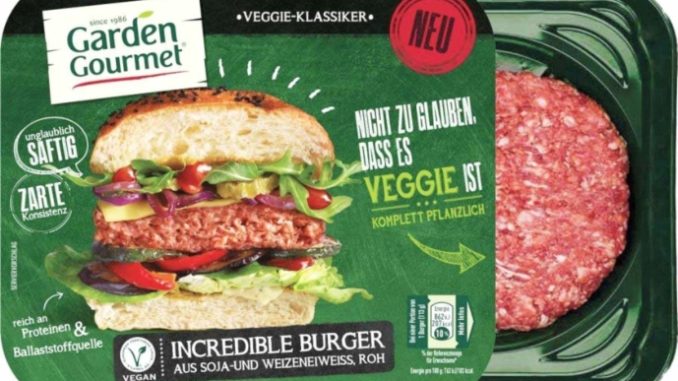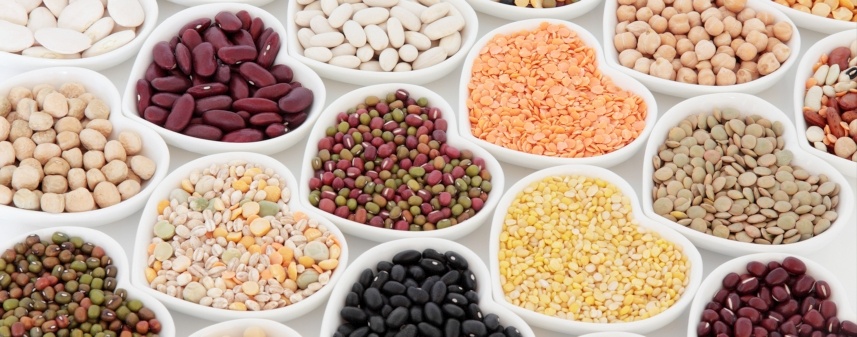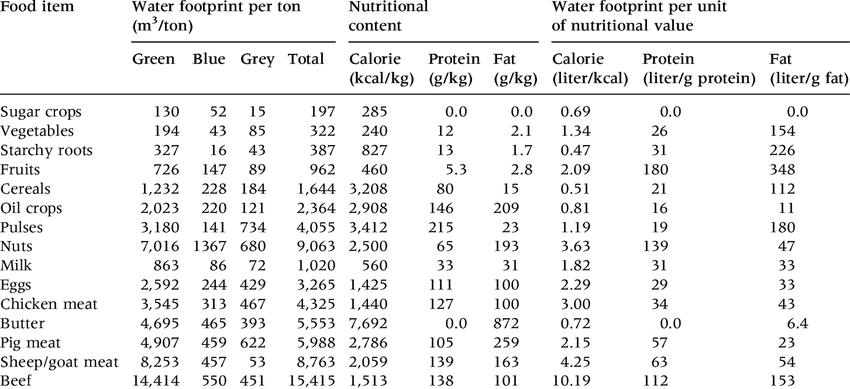
Views: 71
The meat industry from cow faces an environmentally friendly competitor.
Minapim by Hernan Valenzuela : Increasing purchasing power in Asia induces higher meat consumption and leverages the global market estimated at $ 1 trillion and poised to grow to $ 1.5 trillion by 2022 (Zion Market Research). The meat industry has reached an efficiency limit. Density of animals per square meter, more efficient feed and antibiotics, higher meat content per animal; these efficiency gains have limits, is in this scenario that the sacred cow can find a new habitat.
According to FAO information, in 2018 world beef production reached 71 million tons. This represents an increase of 2.1% compared to 2017. Of this total volume produced, the United States is the largest producer followed by 2° Brazil; 3° European Union; 4° China; 5° India.
The projected increase in production and consumption of animal products is likely to put further pressure on the world’s freshwater resources. The size and characteristics of the water footprint vary between animal types and production systems.
Beef water footprint (15,400 m 3 / ton as the global average) is much higher than sheep (10,400 m 3 / ton), pork (6000 m 3 / ton), goat ( 5 500 m 3 / ton) or chicken (4 300 m 3 / ton). The overall average water footprint of chicken egg is 3,300 m 3 / ton, while the cow’s milk water footprint is 1,000 m 3 / ton. (FAO 2018)
Per ton of product, animal products generally have a larger water footprint than agricultural products. The same thing happens when we look at the calorie water footprint. The average caloric water footprint of beef is twenty times higher than that of cereals and starchy roots.
There is no efficiency in producing proteins by feeding and killing animals.
- – US beef production occupies 40% of agricultural land to produce only 3% of US calories
- – More than 15,000 liters of water needs to produce one kilogram of beef
- – Beef production causes 10 times more CO2 emissions per kilogram of rice or potato and 25 times that of lentils
 The impact of animal protein production suggests finding a better way to produce protein. Several global initiatives involving farmers and fast food chains to bring herbal meat products to market on a scale are driving the demand for meat alternatives.
The impact of animal protein production suggests finding a better way to produce protein. Several global initiatives involving farmers and fast food chains to bring herbal meat products to market on a scale are driving the demand for meat alternatives.
On the other hand, global climate change awareness and the scale of animal suffering have had an impact.
Estimates indicate that, worldwide, cattle are responsible for 9% of greenhouse gases, which is even higher than in the transport sector. According to FAO, there are 1.4 Billion of cattle heads in the world.
Livestock that contributes 40% of the global value of agricultural production and supports the livelihoods and food security of nearly 1.3 billion people.
Alternative meat fast food
Large conglomerates such as Nestlé (here) and Cargill (here) and Tyson Foods (here) are coming in. They seem to expect a much larger market for alternative meat products than vegan teens marching through the streets of Europe on Fridays.
Herbal meat producer Beyond Meat has increased production by more than 600% since its debut in May.
Nestlé S.A. is improving revenue from its vegetarian burgers after half a year in the market, amid stiff competition for meat substitutes.
Garden Gourmet Incredible Burgers will be juicier and tastier in grilled meat, Swiss food giant said on Friday. Nestlé will also launch an alternative to ground beef called Garden Gourmet Incredible Mince in Austria, Germany, Norway and Sweden next month. The soy product can be molded into meatballs and cooked as raw meat.
In April, Nestlé started selling Incredible Burgers in Europe, now it plans to introduce a version called Awesome Burger to the US market this fall.

McDonald’s Corp., which sells Incredible Burgers in Germany, has not yet reached the UK, one of the most promising markets for meat substitutes, according to Wayne England, Nestlé’s food chief.
There are good reasons for enthusiastic investors, with the meat revolution more than with other investments.
Cows will be able to roam pastures without risk of being slaughtered, like the sacred cows of India, but this time their population controlled. Therefore, a battle began in between the advancement of the sacred cow and the protection of the environment driven by investments in this new market niche.
Related Article: Chicken-The meat planter

Leave a Reply